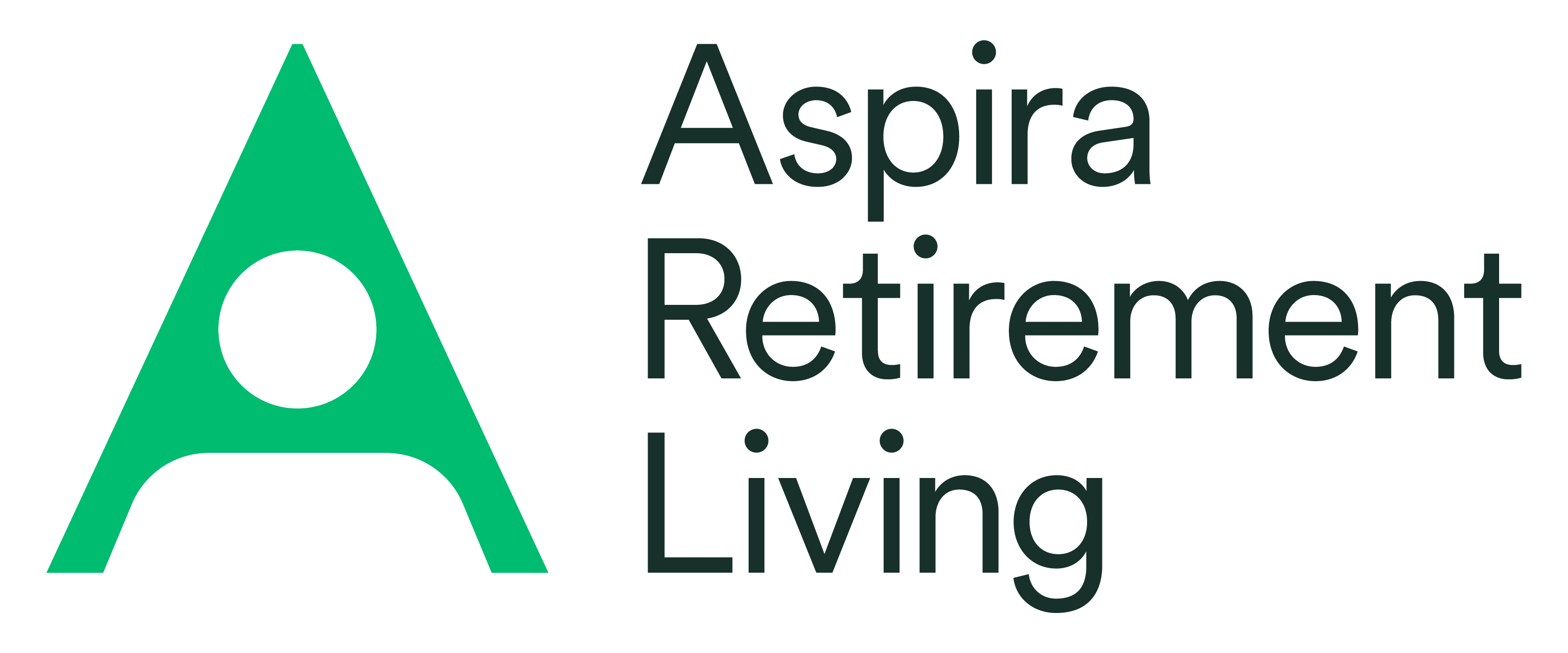The online world, including the internet, email, social media and apps have brought a whole new world of communication and information to our fingertips. But there's a dark side to that convenience, online fraud and identity theft.
According to the Canadian Anti-Fraud Centre Canadians lost $380 million to scammers in 2021, with internet, email and text scams aimed at seniors a growing issue. With that in mind Explore by Aspira hosted a Cyber Security
for Seniors webinar presented by Connected Canadians - a national non-profit that provides free technology training and support to Canadian seniors.
Click here to view a recording of the full webinar.
Think before you act
"The best way to think about staying safe online involves a lot of the good habits you use in life already," says Jesse Smith of Connected Canadians. Healthy online habits to pick up include thinking things through, using common sense and verifying the details. In essence, the best way to avoid spam emails and messages is to take the time to ask yourself or others questions before you engage with them.
Beware of the bait
The technique online scammers most often use to steal your identity or money is known as Phishing, a word derived from phony and fishing. "Think of it this way," Smith suggests. "You are the fish, and a phony email or message sent to you is the bait they want you to take."
Safeguard your personal information
Your personal information is highly valuable to online scammers. So, unless the site you are on is 1,000% legitimate and trustworthy, never give out your:
- SIN or Driver's License numbers
- Credit card details, including CVV number and postal code
- Bank account details
- Any banking, email, social media, or online shopping passwords
How phishing works
Scammers try to exploit human traits or weaknesses by instilling a fake sense of fear, sympathy, urgency, or panic. It starts with a legitimate-sounding email or text message, or phone call. For seniors, it's often a fake plea from a grandchild asking for money, a fake issue with an order or a fake CRA notice. The bottom line:
- If the content looks or feels strange, out of character, or suspicious, it probably is.
- Be super aware of emails or messages requesting money, gift cards or bitcoins - no matter how legitimate or scary they sound.
- If you don't remember ordering something, it's likely fake.
- If it's from a financial institution or service provider you don't deal with, it belongs in the trash can.
- Never click on an email link unless you are 1,000% sure of the source.
- Never download a program attached to an email you doubt.
- Do not answer a phone call if you do not recognize the number.
How to recognize phishing
Spammers send out thousands of emails and texts in the hope that someone will take the bait. Don't let it be you. Fake emails and messages leave clues to their inauthenticity hidden in plain sight. Check for a strange or unfamiliar-looking sender's email address. Hover over links (don't click on them) in the text to see if they are directing you to a suspicious or unfamiliar site. Be wary of bad spelling or grammar, incorrect information, a prompt to translate the content, or a text message from an area code you do not recognize. We've included a Phishing Checklist for you at the end of this blog.
What to do next
Jesse Smith of Connected Canadians has this advice: "Ignore communications from unknown contacts, block suspicious senders then delete the emails or text messages...and don't ever reply to spam messages." You may be tempted to Unsubscribe from a suspicious email instead of blocking the sender. Do not do this, because spammers can use the unsubscribe link to trick you to disclose your information!
Check if you've been "pwned"
"Pwned" is an internet term for people who are the victim of large-scale data breaches of organizations that have been hacked and their clients' information compromised. It's a good idea to check if you’ve been "pwned" by visiting this website: https://haveibeenpwned.com/ and entering your email address in the field provided.
Get better at staying safe online
"My most useful metaphor is when I park my car, I lock the doors," Smith stresses. Apply the same common sense to your online activity. Having good online security hygiene and habits will serve you well.
Your phishing checklist, beware if:
- The sender's email address is strange-looking or one you don't recognize. A legitimate email from Amazon, for example, would simply be "Amazon.ca". A fake one would be longer.
- A text message is from an area code you don't recognize.
- Underlined links in the email lead to strange-looking addresses. To check this do not click on them, just hover your cursor over the link.
- There is a prompt at the top of the email to translate the message from a foreign language.
- There are spelling and grammar errors in the text.
- The tone of the email is off, either sounding too generic and not personalized to you, or the information or facts seem incorrect
- You are asked to send money or gift cards (a favourite because they leave no money paper trail) to a friend or family member as a financial favour.
NOTE: A friend or family member's email address can be compromised or hacked, and spam emails are sent to people on their contact list...including you. In this case, the source's name and email address may be correct, but if the message seems fake, delete the email and alert your friend or family member.
Free one-on-one virtual session from Connected Canadians
To schedule, visit https://www.connectedcanadians.ca/programs
Or call toll free: 1-877-304-5813
Watch a video on how to block a mail sender on an Apple device.
Watch a video on how to block a Gmail mail sender on an Apple or Android device.
Watch a video on how to block a mail sender in Microsoft Outlook.
Click here to visit the Government of Canada's Canadian Fraud Centre


